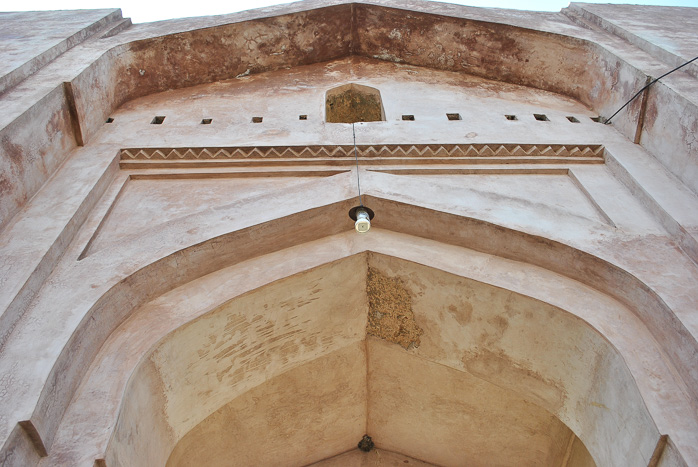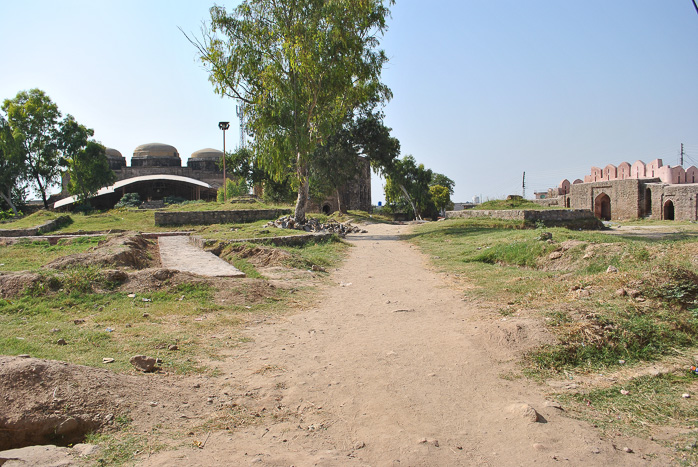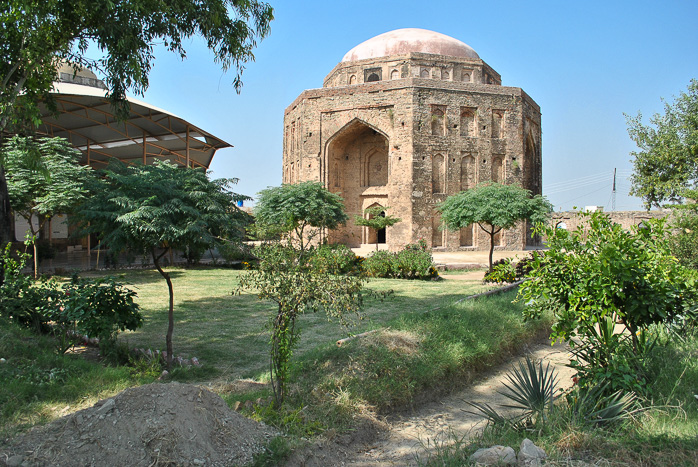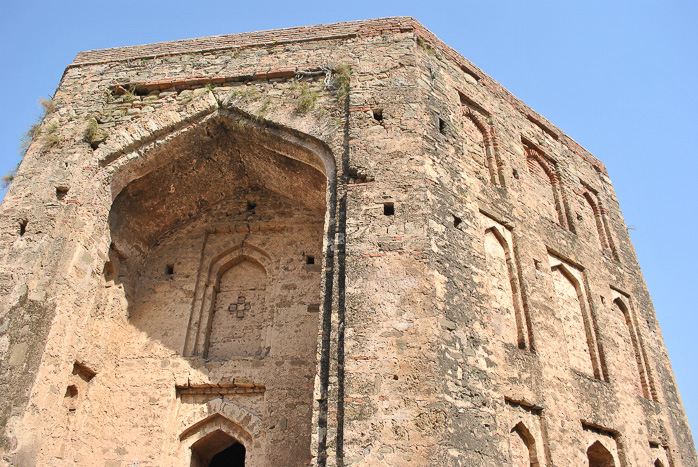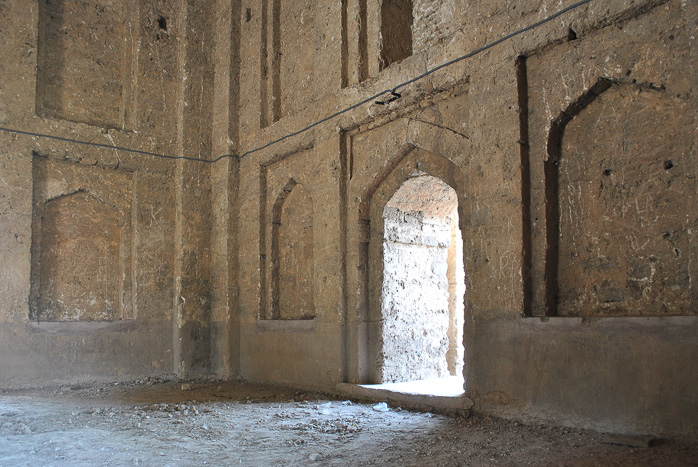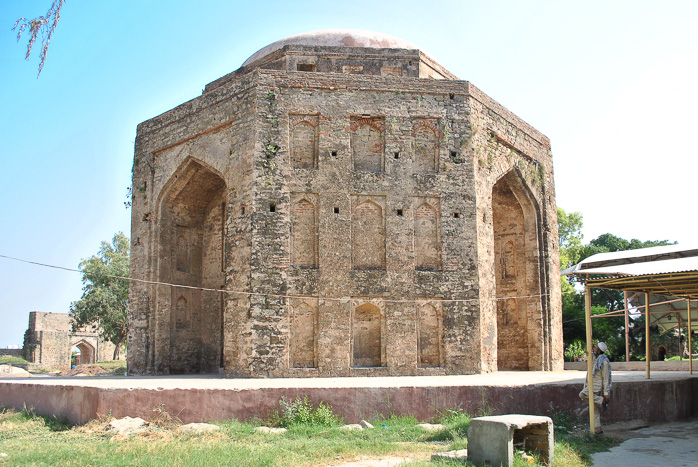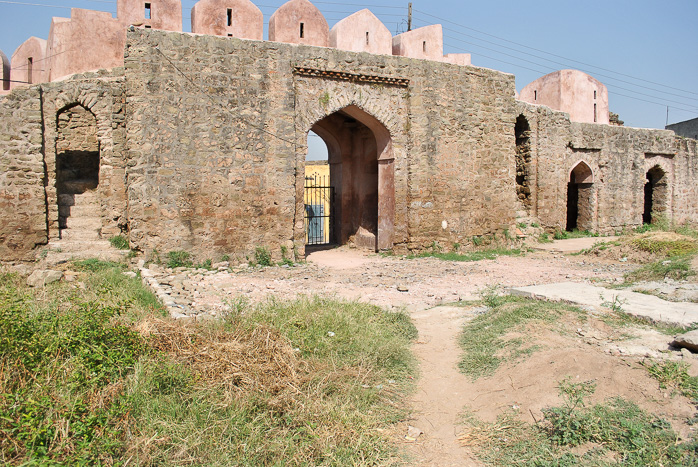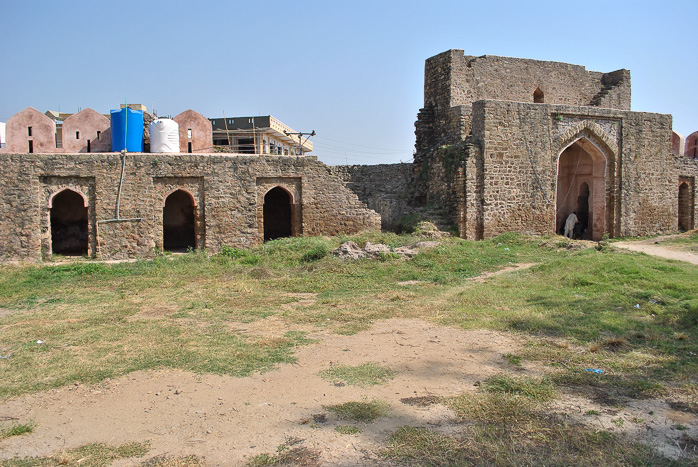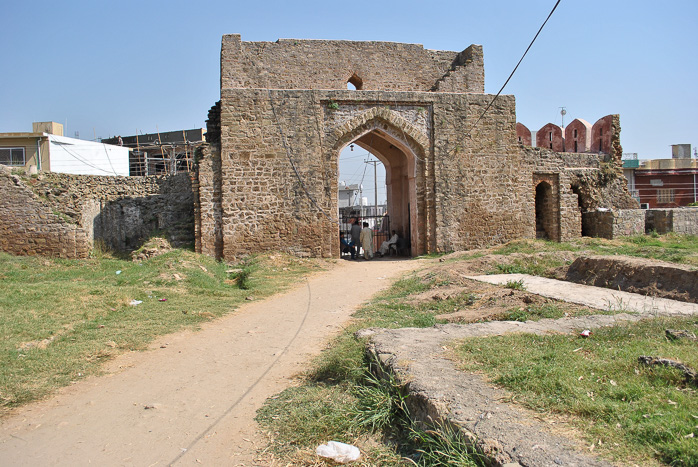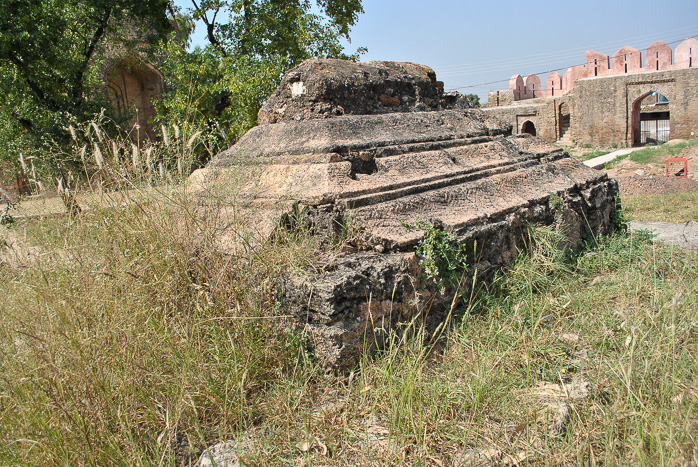Rawat Fort
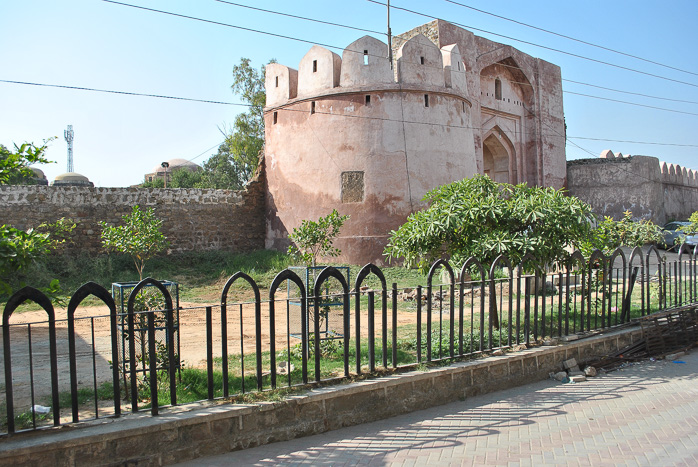
Rawat Fort se encuentra en la ciudad de Rawat en la esquina sureste del territorio de la capital de Islamabad, a pocos kilómetros al sur del río Sawan. Probablemente se construyó en el período del Sultanato a principios del siglo XV, posiblemente como serai (caravasar), o casa de descanso y posada para viajeros. La evidencia de esto incluye las paredes perimetrales en forma de celda que están bien proporcionadas para las viviendas, y la palabra "Rawat" en sí misma, que probablemente sea una corrupción de la palabra árabe rebat que tiene el mismo significado que serai. Hasan informa que originalmente había hasta 76 células individuales, aunque algunas de ellas se han derrumbado o están en mal estado.
Según un cartel en el lugar, el fuerte también está asociado con Mas'ud I de Ghazni, el sultán del Imperio Ghaznavid de 1030 a 1040. Atestigua que Mas'ud fue arrestado aquí por soldados rebeldes a su servicio y luego asesinado en la cercana ciudad de Giri, cerca de Taxila. Sin embargo, incluso si esta leyenda es cierta, cualquier fuerte que data de ese período fue reemplazado hace mucho tiempo por la construcción actual.
La fortaleza, o antigua serai, tiene una forma casi cuadrada y mide 93,5 x 106,3 metros, y encierra un patio de aproximadamente 10.000 metros cuadrados. La entrada principal es una barbacana fortificada que mira al este. Dos puertas de entrada más pequeñas se encuentran en los lados norte y sur, mientras que el muro oeste está dominado por una gran mezquita de tres cúpulas que mide 29,5 x 12,1 metros. Su fachada de tres bahías está parcialmente bloqueada por la adición de un nuevo dosel en forma de carpa y piso exterior de baldosas para facilitar una mayor asistencia.
Adyacente a la mezquita hay una tumba octogonal que mide 16,6 metros de diámetro. Se cree tradicionalmente que es el lugar de descanso final del sultán Sarang Khan (muerto en 1546), un cacique de Gakhar que gobernó partes del norte de Punjab entre 1520 y 1546. Numerosas tumbas más pequeñas están esparcidas por el patio, se cree que son las de los 16 hijos de Sarang Khan y sus asociados, asesinados junto a él en la batalla contra las fuerzas de Sher Shah Suri en 1546.
Rawat Fort is located in the town of Rawat at the southeast corner of the Islamabad capital territory, a few kilometers south of the Sawan river. It was likely constructed in the Sultanate period in the early 15th century, possibly as a serai (caravanserai), or rest house and inn for travelers. Evidence for this includes the cell-like perimeter walls which are well-proportioned for living quarters, and the word "Rawat" itself, which is probably a corruption of the Arabic word rebat which has the same meaning as serai. Hasan reports that there were originally as many as 76 individual cells, though a number of these have crumbled or are in otherwise poor repair.
According to a signpost on site, the fort is also associated with Mas'ud I of Ghazni, the Sultan of the Ghaznavid Empire from 1030-40. It attests that Mas'ud was arrested here by rebellious soldiers in his employ, then murdered in the nearby town of Giri near Taxila. However, even if this legend is true, any fort dating from that period was long since superseded by the current construction.
The fortress, or former serai, is nearly square in shape and measures 93.5 x 106.3 meters, enclosing a roughly 10,000 square meter courtyard. The main entrance is a fortified barbican facing east. Two smaller gateways stand on the north and south sides, whereas the west wall is dominated by a large three-domed mosque measuring 29.5 x 12.1 meters. Its three-bay facade is partly blocked by the addition of a new tent-like canopy and tiled outdoor floor to facilitate greater attendance.
Adjacent to the mosque is an octagonal tomb measuring 16.6 meters in diameter. It is traditionally believed to be the final resting place of Sultan Sarang Khan (d. 1546), a Gakhar chieftain who ruled portions of the northern Punjab from 1520-46. Numerous smaller graves are scattered about the courtyard, believed to be those of Sarang Khan's 16 sons and their associates, killed alongside him in battle against Sher Shah Suri's forces in 1546.
